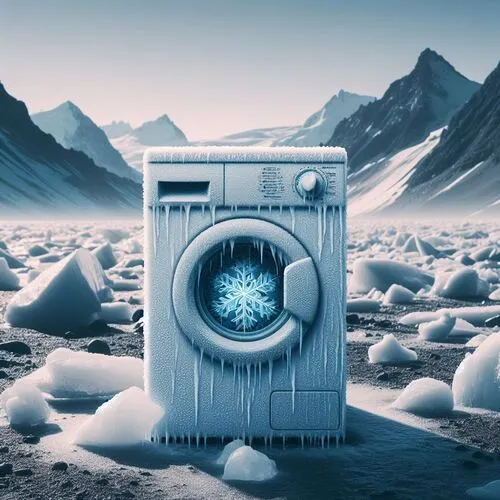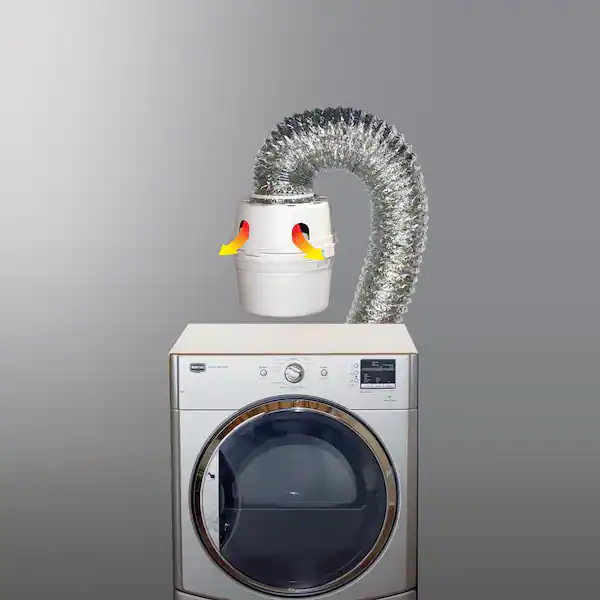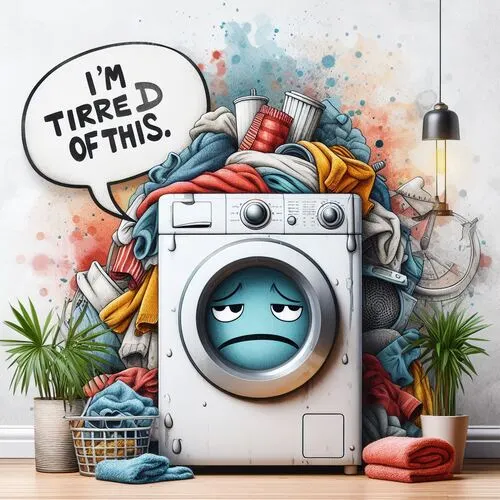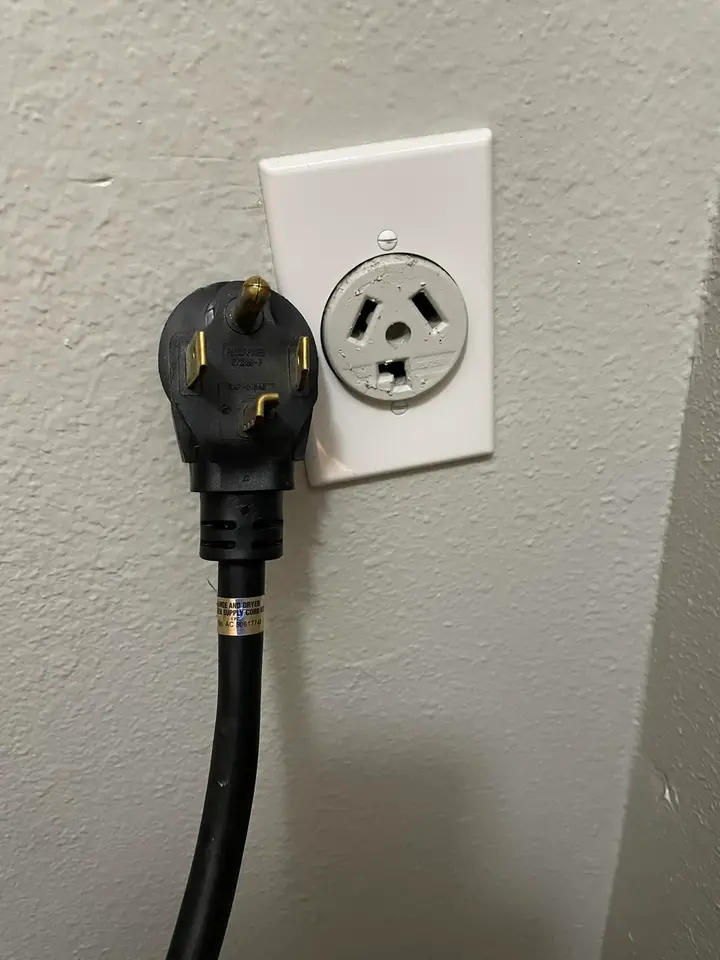5 causes Why Your Dryer not Getting Hot: Troubleshooting Guide
Introduction
Dealing with a dryer that refuses to generate heat can be an exasperating experience, disrupting the smooth flow of your laundry routine. The importance of diagnosing and resolving this issue promptly cannot be overstated, as it can lead to damp and incomplete drying cycles. In this article, we will explore common causes behind a non-heating dryer, offering insights into electric dryer troubleshooting and gas dryer troubleshooting potential solutions.
what are the Common Causes of Dryer not Getting Hot?
Dealing with a dryer that fails to produce heat can be a source of frustration, disrupting the efficiency of your laundry routine. Understanding the common causes behind a electric dryer not heating or is essential for effective troubleshooting. Below are some prevalent issues that could be hindering your dryer’s performance:
- Clogged Lint Screen
- Blocked Dryer Vent
- Faulty Heating Element
- Thermal Fuse
- Other Potential Causes
1. Clogged Lint Screen
A frequently overlooked culprit for a cool dryer is a clogged lint screen. This seemingly innocuous filter plays a crucial role in maintaining proper airflow. A clogged screen impedes air circulation, leading to inefficient drying. To remedy this, regularly clean the lint screen by gently removing accumulated lint. Here’s what a clogged lint screen looks like:
2. Blocked Dryer Vent
Another common reason for a cold dryer is a blocked vent. Over time, lint and debris can accumulate in the vent, restricting airflow. Locate your dryer vent (often outside your home) and inspect for any obstructions. Clean the vent hose and ductwork periodically to ensure optimal performance.
3. Faulty Heating Element
The heating element is essential for generating warmth during the drying process. If it malfunctions, clothes remain damp. Unlike the previous issues, this requires professional attention. Visual reference for a heating element:
4. Thermal Fuse
A safeguard against overheating, the thermal fuse can also cause a cooling issue. If it’s blown, the dryer won’t heat properly. While not a DIY fix, recognizing a thermal fuse problem is crucial for seeking professional assistance.
5. Other Potential Causes
Less common issues like a faulty thermostat, timer motor, or power supply can contribute to a non-heating dryer. If basic troubleshooting doesn’t resolve the problem, consulting a professional is advisable.

what are the Tips for Troubleshooting Dryer not heating up?
- Check for error codes: Modern dryers often display error codes. Refer to your user manual to decipher these codes for insights into the issue.
- Test power supply: Ensure the dryer is receiving adequate power by checking the outlet. A malfunctioning outlet may be the root cause.
- Feel the dryer vent: During operation, assess the airflow from the vent. If weak or absent, it indicates a blockage.
When to Call a Professional?
Knowing when to seek professional help is crucial:
- Persistent issues: If the problem persists after basic troubleshooting, it’s time to call a technician.
- Suspected internal components: For faults in the heating element, thermal fuse, or other internal parts, professional expertise is essential.
- Uncomfortable with repairs: If DIY troubleshooting feels overwhelming, don’t hesitate to contact a professional technician.

faq about Dryer not Getting Hot
Which part of the dryer is most susceptible to heating issues?
The heating element is the primary component prone to heating issues. It plays a crucial role in generating warmth during the drying process.
What are the possible causes of a cold dryer but with a running motor?
If your dryer’s motor is running but fails to produce heat, potential causes include a clogged lint screen, blocked vent, faulty heating element, or a blown thermal fuse. Each requires specific troubleshooting steps.
What is the ideal operating temperature for my dryer?
Dryers typically operate at temperatures ranging from 125°F to 135°F (52°C to 57°C). It’s essential to maintain this temperature range for efficient and effective drying.
What does the term ‘thermal fuse’ mean in the context of dryers?
In the context of dryers, a thermal fuse is a safety device designed to prevent overheating. When the temperature surpasses a predetermined limit, the thermal fuse interrupts the electrical circuit, safeguarding the dryer from potential damage or fire hazards.
Why is my dryer running but not heating?
A running but non-heating dryer may indicate issues with the heating element, thermal fuse, or other internal components. Troubleshooting involves checking the lint screen, vent, and seeking professional help for complex repairs. It is similar to dryer not spinning problem.
Why is my dryer getting hot but not drying?
Dryer Not Drying Clothes Insufficient drying despite heat may be due to a blocked vent or exhaust. Check for obstructions, clean the vent, and ensure proper airflow to enhance drying efficiency.
How do I know if my thermal fuse is blown?
A dryer thermal fuse keeps blowing may exhibit signs such as the dryer not heating, no continuity in a multimeter test, or visible damage. Consult your dryer’s manual for specific guidance on checking and replacing the thermal fuse.
Why is my tumble dryer not getting as hot?
A tumble dryer not reaching optimal temperature could be attributed to a clogged lint screen, blocked vent, or a malfunctioning heating element. Regular maintenance and troubleshooting can help identify and address the issue. Also read about Dryer Keeps Shutting Off issue.

Conclusion
In conclusion, a dryer not generating heat can disrupt daily routines and leave laundry unfinished. Regular maintenance, diligent troubleshooting, and timely professional intervention are key to ensuring your dryer functions optimally. By understanding the common causes and following the outlined tips, you can restore your dryer’s functionality and enjoy consistently warm and dry laundry.







